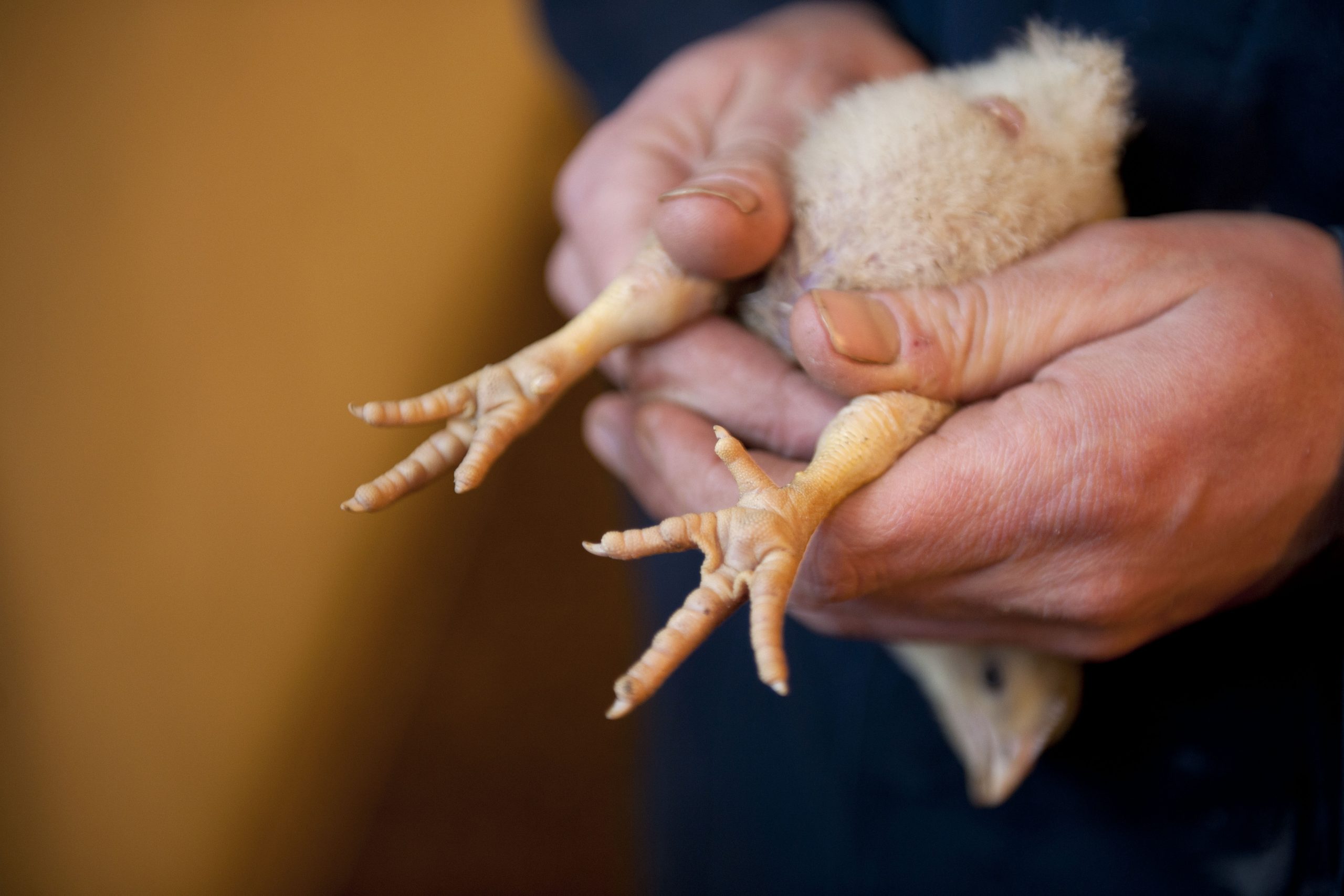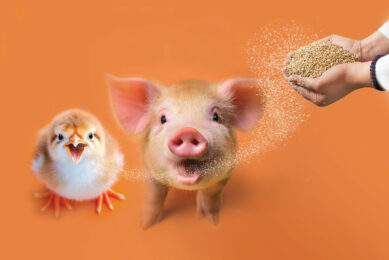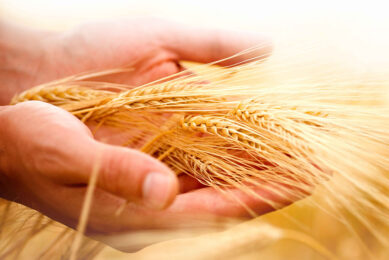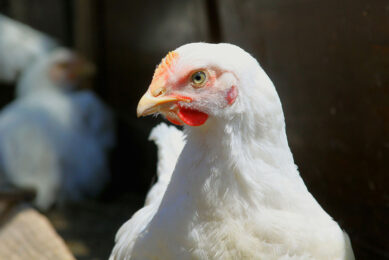From the feet up: Profits from probiotic

By improving gut health, probiotics can reduce many of the causative factors of poor litter and pododermatitis. Here we explain some of the recent insights.
As well as being a broiler welfare issue, pododermatitis also costs producers in terms of a lost market. Export of chicken feet is good business and one that certainly adds to profit margins. For these reasons broiler producers should focus on reducing pododermatitis at the same time as optimising performance. A trial with a probiotic solution, under high-density conditions, have not only shown improvements in broiler performance but also on litter condition and footpad scores.
Pododermatitis
Pododermatitis (footpad dermatitis or FPD) is an inflammation of the skin located on the basal part of a chicken’s foot. Necrotic lesions, with or without infection, may also be present. It can lead to lameness and poor performance. The causes of pododermatitis are multifactorial and can therefore be an indicator of farming conditions – hence welfare status. The prevalence of pododermatitis is included in some countries’ (Sweden, Denmark) welfare regulations, as well the evaluations of certain food retailers (McDonalds). The EU recognises pododermatitis as a marker of animal welfare and EFSA is putting pressure on integrators to reduce scores. This condition is often associated with poor litter quality or high stocking density in broiler houses. There are numerous causative factors, which affect faecal content, litter quality or integrity of the skin. The formulation of the feed, the bird’s gut health and environmental condition all influence the faeces. They affect bacterial load as well as the protein and water content; which in turn influences ammonia production, bacterial and toxin loads. Other factors that play a role in the overall quality of the litter includes: litter material, humidity of the house, management and biosecurity at the farm. As well as environmental, feed and faecal factors; how robust the skin on the feet is, depends on intrinsic factors within the bird. This includes genetics, vitamin and mineral status, amino acid levels, gut health and any issues with collagen synthesis.
Market for chicken feet
Broiler processing plants may simply dispose of chicken feet as waste or some may be used in pet food. In terms of human food there is a significant market for chicken feet in China, Taiwan and Hong Kong. China alone imports 300,000 tonne per year, with a value of US$ 450 million. There is additional demand from the rest of Asia, as well as Central and South America, e.g. Mexico and Peru.
Figure 1 – The scoring system (0-5) for pododermatitis, according to the Welfare Quality® classification.

Broiler trial
A trial was carried out with the aim of evaluating the effect of the probiotic solution Alterion® NE50, Adisseo (Bacillus subtilis DSM29784) on broilers kept at a high stocking density. High stocking density was used to introduce poor litter quality and hence a higher risk of pododermatitis. 320 Ross PM3 broilers were split between 16 pens and raised at 13.3 birds per m2 for 35 days. A commercial corn soybean meal diet served as the control, whilst the treatment diet contained the probiotic solution to achieve 108 CFU per kilogram of feed. Both were fed in 2 phases, starter and finisher, in the form of pellets. Bird performance was measured at day 34 and litter condition score was measured at day 35, according to the Welfare Quality® classification (Figure 1).
The scores range from 0 to 4:
- 0 means that the litter is completely dry and flaky (moves easily with the foot),
- 1 means that the litter is dry, but not easy to move with the foot.
- 2 means that it leaves an imprint of a boot and will form a ball if compacted. But the ball does not stay together.
- 3 means that it sticks to boots and stays readily in a ball if compacted
- 4 means that it sticks to boots once the cap or compacted crust is broken.
The broilers were examined at 35 days of age and scored 0-5 for pododermatitis, according to the Welfare Quality® classification (Figure 1). The pads are assessed in terms of the degree of discolouration, inflammation; as well as the presence of necrotised or ulcerated tissue and abscesses.
Implications
Those broilers fed the probiotic solution had significantly better FCR and bodyweight gain compared to the control group (-2.9% and +4.8% respectively) (Table 1). The probiotic solution decreased the proportion of very poor litter scores. The control pens contained 62.5% score 4 and the rest 3, whilst all the treatment pens scored 3.The footpad pododermatitis scores showed that the probiotic solution improved footpad status (Table 2). The proportion of score 4 and 3 was decreased, whilst the percentage of scores 2 and 1 increased. The results demonstrate that this probiotic solution was effective at improving performance, litter quality and pododermatis score, even at high stocking densities. Probiotics introduce live bacteria into the gut in order to confer a health benefit. In doing so they create an optimum environment for digestion and absorption of nutrients. These beneficial bacteria also reduce the growth of pathogenic bacteria and positively influence the immune system of the bird. It might be these effects on gut health that reduce the causative factors of wet litter and pododermatitis.
The bottom line
The improved performance in combination with lower footpad scores, seen in this trial is particularly interesting. Often greater bodyweights are associated with increased pododermatitis scores in broilers. As well as the benefits to health and welfare, the potential to capitalise on the export of chicken feet increases. This market is worth on average US$ 1,500 per tonne. At the same time the performance of the treatment group, at a high stocking density, was close to what is seen in central Europe under standard conditions. By influencing gut health, probiotics reduce the risk of the causative factors that lead to pododermatis. This new research suggests that probiotic solutions can reduce pododermatitis scores under these conditions, whilst optimising performance.
Authors: Estelle Devillard and Jean-Remi Teyssier from Adisseo CERN, Commentry, France and Pascal Thiery from Adisseo France SAS, Antony, France






